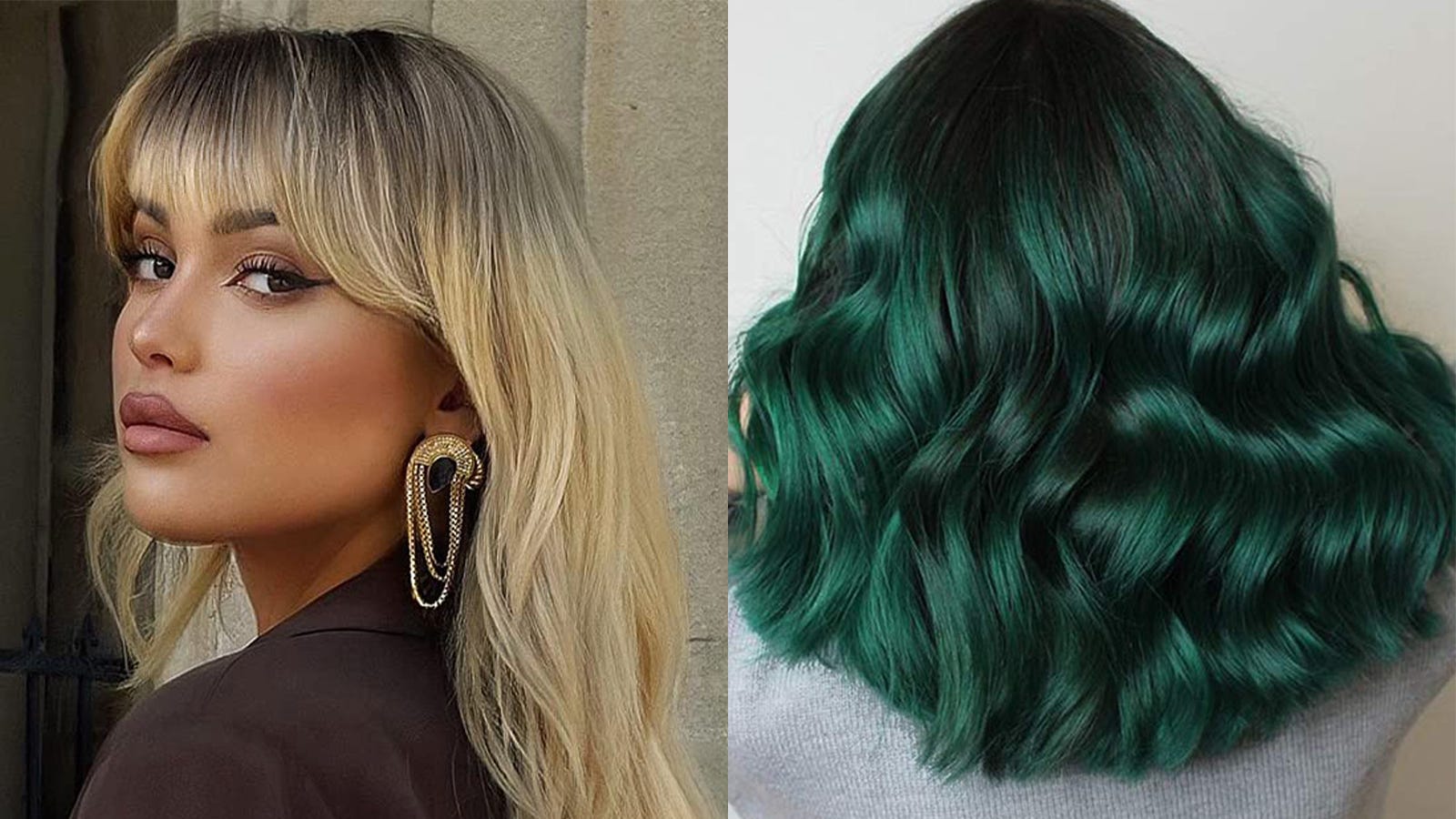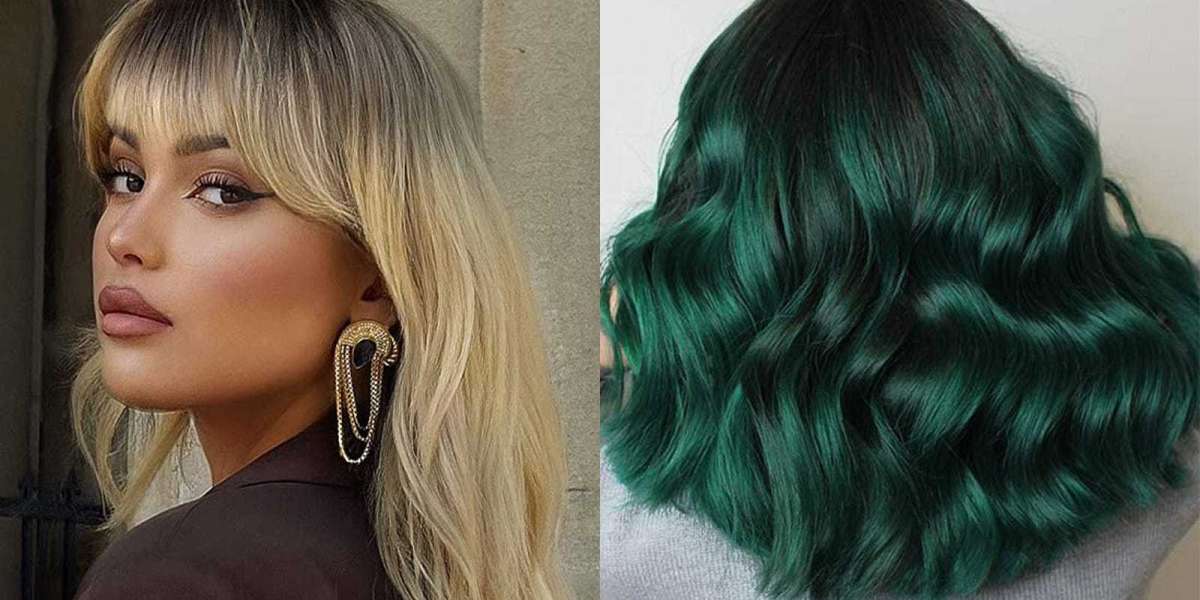It is possible that choosing the appropriate length of hair for your wig can be a difficult task, regardless of whether you are a novice in the world of wigs or an experienced professional. A great number of fundamentals are responsible for determining the length of your hair that is appropriate for your lifestyle and the aesthetic goals that you have. In addition to providing expert styling advice, the purpose of this wig guide is to provide a comprehensive explanation of wig lengths and measurement techniques, to dispel common myths, and to provide information about measurement techniques. By the time you reach the conclusion, you will have the self-assurance to choose units that are perfectly tailored to accommodate your individual sense of style. Now, let's start with the fundamentals of hair: how are the lengths of wigs determined, and what kinds of options are there to choose from? The majority of suppliers classify lengths into four primary categories: short (eight to ten inches), medium (twelve to sixteen inches), long (eighteen to twenty-four inches), and extra long (twenty-six inches or more). This classification system is used to ensure that the industry as a whole is uniform. It is possible to make specific selections by utilizing the increments of half an inch and one inch that are contained within these spans.

These ranges, on the other hand, only describe a portion of the entire story.
Aspects of Texture to Consider
Even though all wig brands measure lengths in the same way, which is by stretching the strands taut from root to tip, the natural texture of the hair still has an effect on the appearance of the wig. This is because the natural texture of the hair is what gives the wig its appearance. When compared to the measurement that is published, the texture of finer European hair is smoother and appears to be closer to the actual measurement. On the other hand, coarser strands tend to emerge more frequently, which causes them to gain volume, which ultimately leads to a shorter length that is visible. It is important to keep this in mind so that you do not end up being dissatisfied; if you want tight curls that are 10 inches long, you should order 12-14 inches instead.
Density has an effect on drape appearance.
The fullness of the loom, from the roots to the ends, is controlled by a unit known as the wefting density measurement. It is possible to achieve a comprehensive maintenance of thickness with units that have close knots that are packed together. These units are suitable for styles that require defined layers or bangs. It is possible that shorter hair at the nape or sides will blend unevenly into longer layers above if sparse wefts do not provide adequate coverage from side to side. This may occur if the wefts fall short of providing adequate coverage. In order to determine how the density of a wig affects its drape, individuals who are contemplating purchasing a low density wig should first request complimentary samples.
The Kind of Fiber and Its Effect on the Cuticle's Health
It does not make a difference whether the strands are human or synthetic; they all have intact cuticles, which contribute to a healthy shine and make it easier to style them. Because loose, damaged cuticles that are prone to tangling are an indication of low-quality materials and typically have higher melting points, heat styling poses a risk. This is because heat styling poses a risk because of an indication of low-quality materials. Before you make a purchase, it is important to conduct a comprehensive inspection of the samples under magnification. This will help you avoid disappointments in the future regarding maintenance.
Make an Investment in Products That Are Useful for Hair Care
It is possible to extend the lifespan of any unit by stocking basic essentials that are designed for wigs. This is especially true for longer styles, which are more likely to experience additional stresses. As a result of the fact that they nourish the fibers, gentle cleansing sprays and lightweight conditioners do not cause any additional weight or residue buildup to occur. Additionally, when used in conjunction with blow drying or heated styling tools, protective styling sprays shield longer strands of hair from breakage and frizz. This is because the sprays cover the hair with a protective coating.
Modifying the space by layering and dividing it
Whether you are going for a deep side sweep or a subtle side part, it is important to take into consideration the way layers shape the silhouette of a style. Shorter bobs with tighter curls or airier textures are easier to maintain fullness than straighter cuts. Fullness can be maintained more easily with shorter bobs. On the other hand, these styles are devoid of definition if they are not accompanied by thoughtfully positioned side-swept layers that frame the face in an asymmetrical manner. To better visualize how each unit complements your features, please request samples in a variety of parts. This wig guide will allow you to better understand how each unit works.



